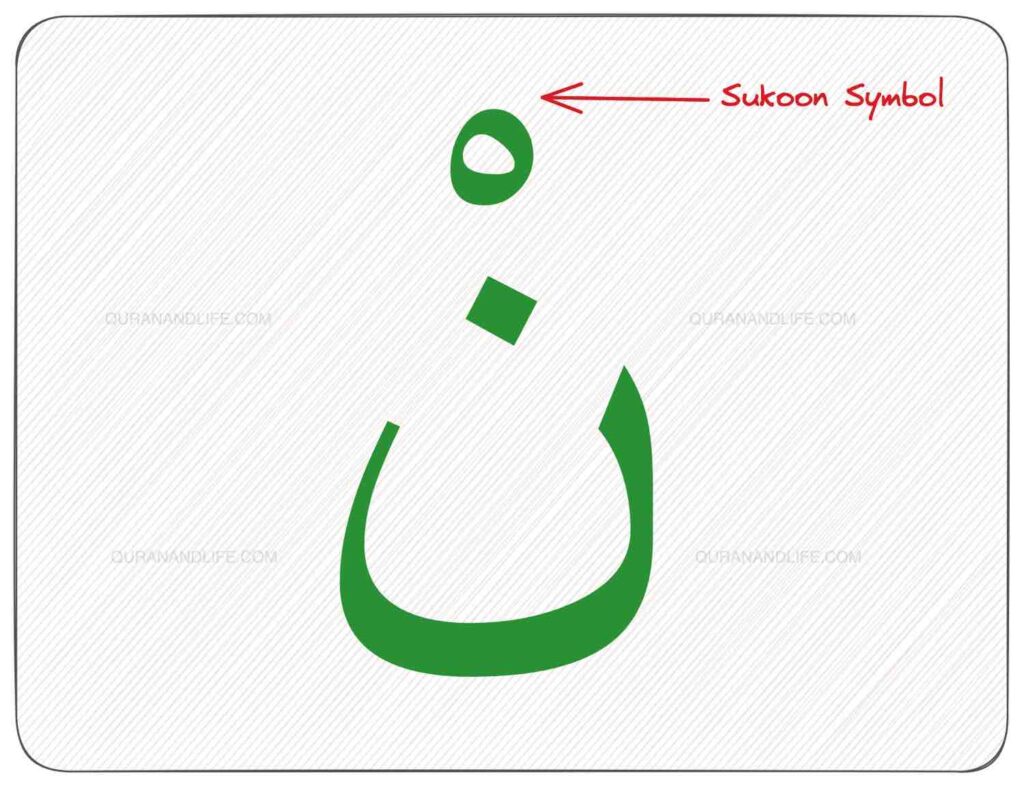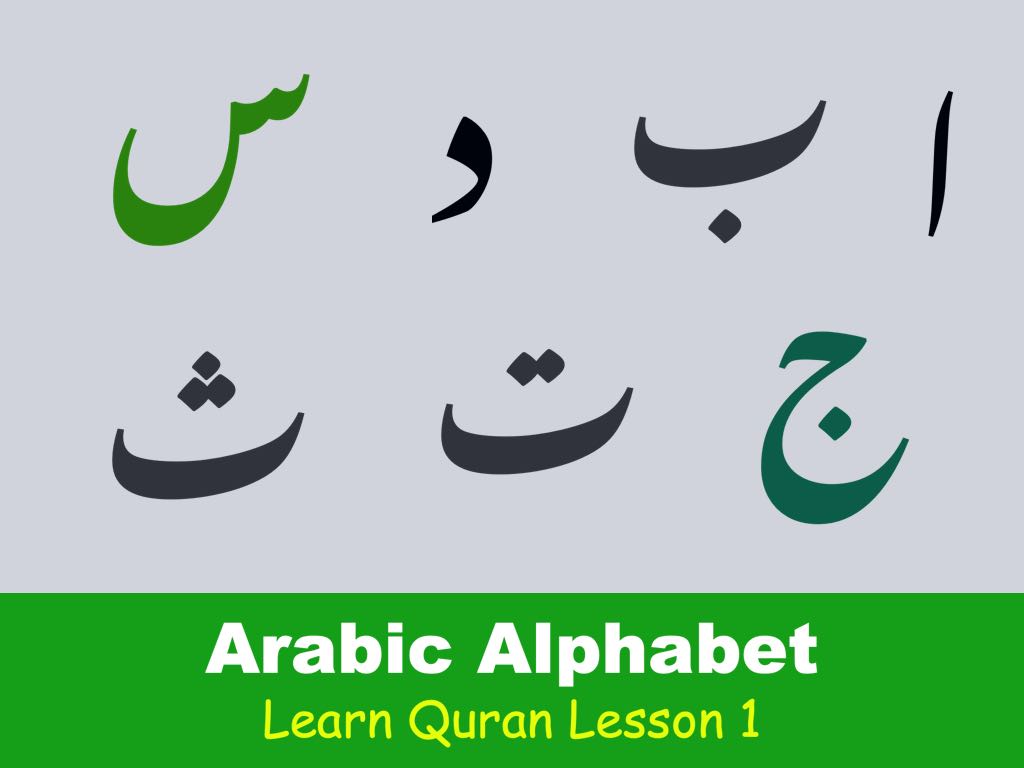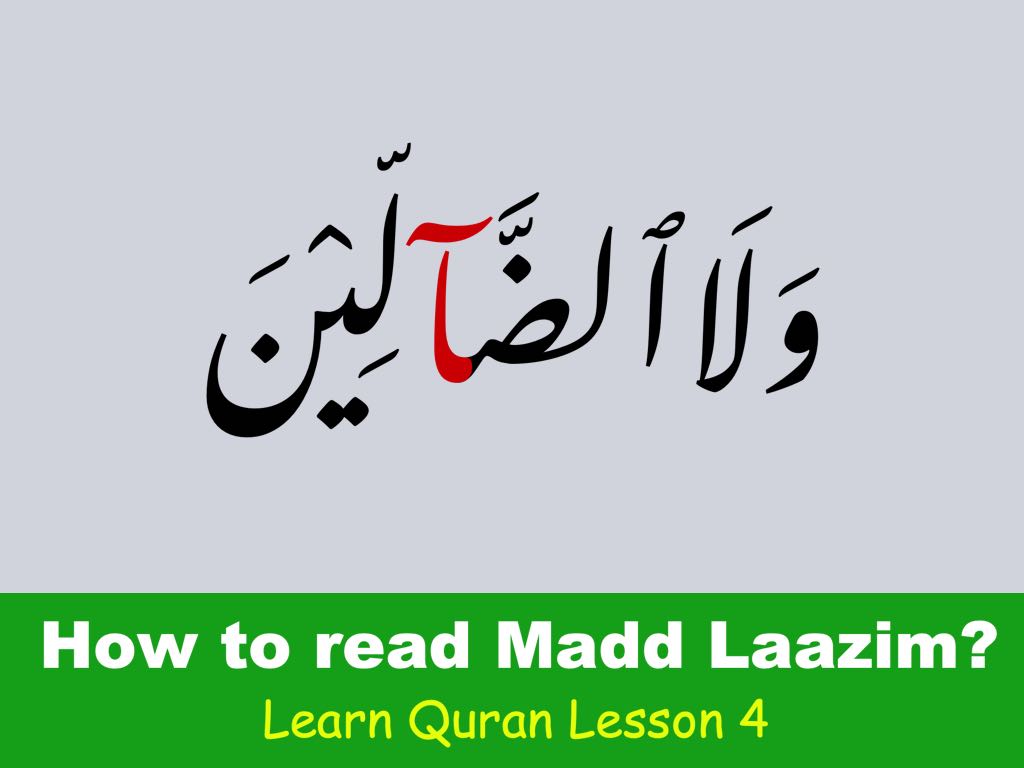If you’ve already learned Arabic letters and Harakat, you’re ready for the next big step – understanding Sukoon in Quran.
Sukoon and Shaddah are two important pronunciation rules that help you read the Quran more accurately.
This guide and video lesson will make things easy to follow, even if you’re just starting.
Let’s get into it.
Watch: Sukoon and Shaddah Made Simple
We’ve organized all the lessons into a simple video playlist.
You can watch in any order, but we recommend following the sequence. It helps you master the Sukoon and Shaddah rules faster and makes Quran recitation easier and more beautiful.
What Is Sukoon in Arabic?
Sukoon means “stillness” or “pause.” In Quranic recitation, it refers to the absence of Harakat (vowel marks) on a letter.
Instead of adding sound, the Sukoon symbol in Quran tells you to stop or pause on that letter.
Here’s how Sukoon looks when added to letters:
Examples:
- بْ (Baa with Sukoon)
- مْ (Meem with Sukoon)
- نْ (Noon with Sukoon)

Examples:
- بْ (Baa with Sukoon)
- مْ (Meem with Sukoon)
- نْ (Noon with Sukoon)
This is different from Fathah, Dammah, or Kasrah—which give a letter sound. Sukoon removes the vowel sound, making the letter still.
Sukoon vs Harakat (With Table)
Here’s a simple comparison to help you understand:
| Sukoon (no sound) | Harakat |
| بْ | بَ |
| بْ | بِ |
| بْ | بُ |
Note
You cannot pronounce a Sukoon letter by itself. It needs a Harakat on a letter before it.
What Are QALQALAH Letters?
Some letters in Arabic make a bouncing sound when they have Sukoon. These are called Qalqalah letters.
The 5 Qalqalah letters are:
- ق
- ط
- ب
- ج
- د
When these appear with Sukoon in Quran, you’ll hear a slight echo or bounce. This bouncing effect is part of Tajweed and improves your Quranic recitation.
What is Shaddah in Quran?
Once you understand Sukoon, it’s easy to learn Shaddah.
Shaddah shows that a letter is doubled with extra emphasis. It’s created by combining:
- One letter with Sukoon
- The same letter with a Harakat (like Fatha, Kasrah, or Dammah)
Example:
- بْ + بَ = بَّ
(Silent Baa + Ba = Strong/doubled Baa)
So when you see Shaddah in Quran, it means the letter is pronounced twice: once softly (with Sukoon), and then again with a vowel sound.
What About Noon Sukoon and Meem Sukoon Rules?
You’ll also come across two special cases often in Tajweed:
- Noon Sukoon rules: Focuses on how to pronounce the letter Noon (نْ) when it appears with Sukoon.
- Meem Sukoon rules: These apply to the letter Meem (مْ) with Sukoon and teach how to handle it in Quranic recitation.
We’ll break these down in a dedicated lesson with examples to make them super easy.
Sukoon Meaning in English
The word Sukoon in Arabic literally means “peace,” “stillness,” or “pause.” In Quranic recitation, it refers to a letter that doesn’t carry a vowel. The sound stops or rests there.





